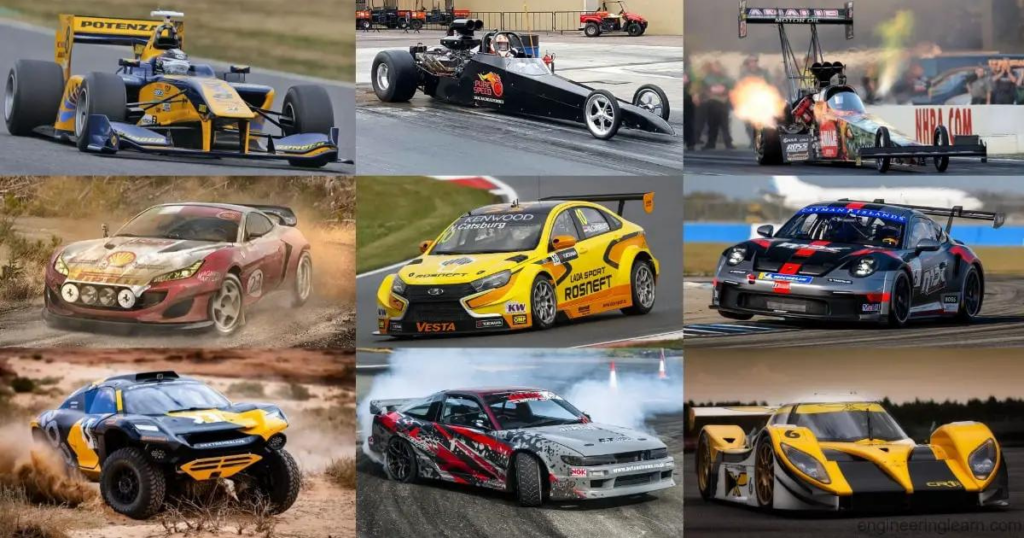
Car racing has been a part of the automotive industry since its beginning. There is a saying that racing began when the second car was created. Over the years, racing has become an integral part of car culture, with the famous motto “Win on Sunday – Sell on Monday” highlighting the impact of racing success on car sales. Consequently, the popularity of racing has skyrocketed, becoming one of the world’s most well-liked sports.
As the car industry has evolved, so have racing cars. Today’s race cars are well-designed, safe, and incredibly fast, making modern racing a thrilling and captivating sport. The racing community has come a long way from open, single-seaters that were once dangerous to today’s advanced and diverse race cars. So let’s have a detailed look at different types of race cars and their distinguishing features.
11 Most Common Types of Race Cars
Here are the 11 most common types of race cars:
1. Open Seaters:
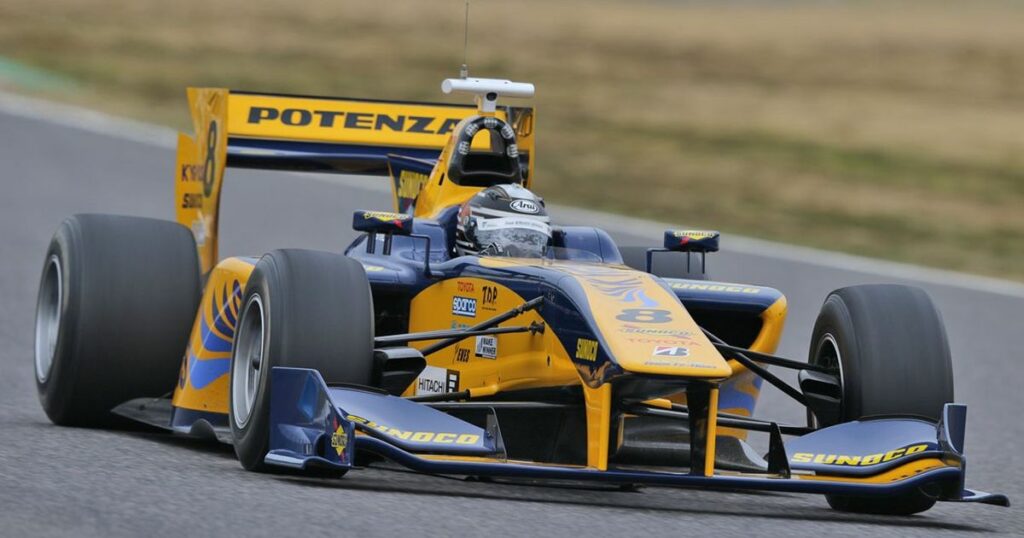
Open seaters have been around since the beginning of the auto industry. Over time, they have become one of the fastest and most dangerous types of race cars. With their pointed noses, extensive aerodynamic aids, and prominent rear wings, they resemble low-flying fighter jets more than conventional cars.
With the engine located directly behind the driver, the vehicle has low weight, exposed suspension parts, and large wheels in the back that provide power and traction. Open-seaters are renowned for their exceptional engineering, utilization of unique materials, and astonishing power, which results in incredible speed and exceptional handling.
Formula One and Indy Cars are the most renowned open-seater racing championships, captivating fans around the world. However, other similar competitions, such as Formula 2 and Formula E (electric cars), follow the same concept but with reduced power and performance.
2. Touring Cars:
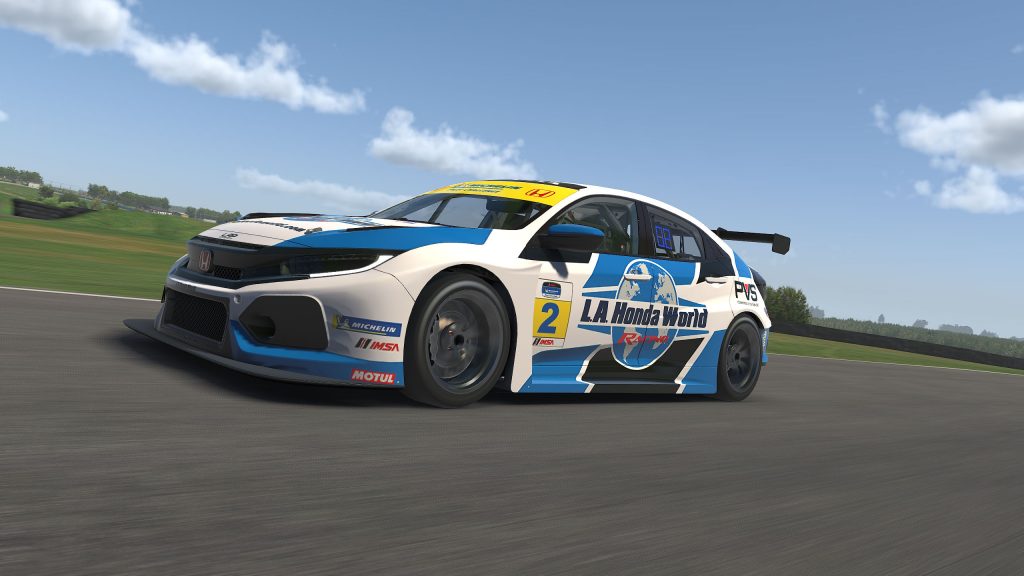
Touring cars are racing vehicles that have their roots in regular sedans or two-door vehicles. While they share similarities with the popular stock car racing seen in the US, there are notable differences in terms of rules and construction.
Different racing series have different rules about the technology, power, and speed that can be used, but the basic idea is the same. Touring cars often look like regular production cars but have more advanced systems. Sometimes they are similar to standard models but with a lowered suspension and racing tires.
Touring car championships have particularly strong followings in Europe and Australia, where people enjoy watching modified versions of their own vehicles compete on the track. The best examples of this concept are the popular German DTM, Australian V8 Supercars, and the European Touring Car Championship.
3. Top Fuel Dragsters:
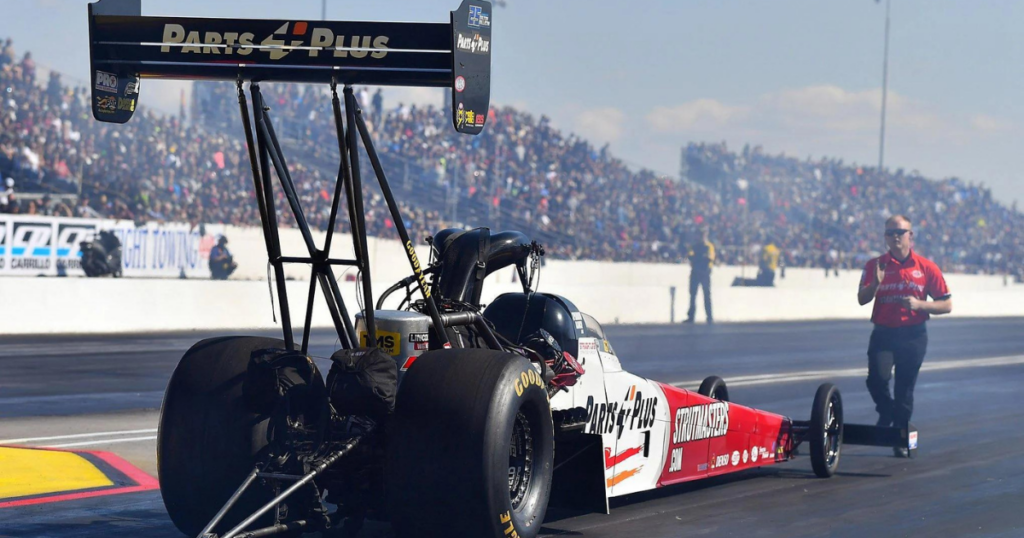
Drag racing is a highly popular form of car racing that involves a head-to-head competition between two vehicles focused on acceleration. The cars are positioned side by side, and the winner is determined by who can cover the quarter-mile (402 meters) distance in the shortest time.
Top fuel dragsters, specifically constructed for incredible acceleration, stand out in this racing category. They possess narrow bodies, long front ends, engines behind the driver, and massive rear tires, all geared toward achieving exceptional speed and acceleration.
These unique machines are powered by nitro-burning V8 engines, resulting in a thunderous roar that captivates spectators. One of the most thrilling moments for the crowd occurs when a parachute is deployed at the end of the run, helping the car decelerate from high speeds.
4. Drag Cars:
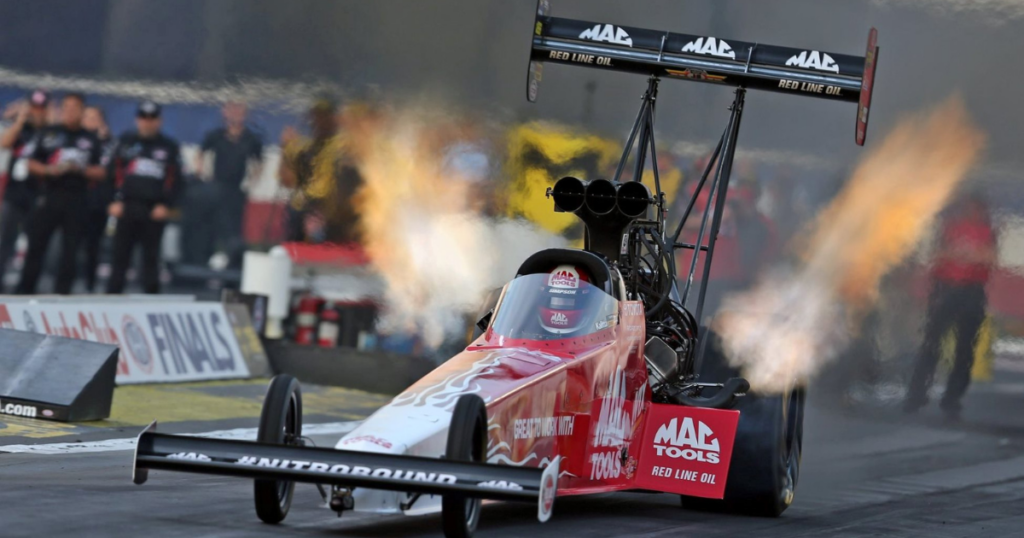
The top fuel dragsters are the type of race cars that feature extravagant design, advanced technology, and unique construction. These cars are actually based on regular production models but have undergone extensive modifications to achieve optimal acceleration.
These modifications typically involve stripping away unnecessary weight, equipping the engines with superchargers or twin-turbo setups, installing a short-ratio gearbox, and adapting the suspension to handle the increased power and endure frequent hard launches.
These drag cars can be identified by their distinctive features, including larger rear tires compared to the smaller front tires, Plexiglas windows, and the presence of a racing roll cage. While most of these cars are not intended for street use, some racing enthusiasts have methods to register legally and use their race cars.
5. Rally Cars:
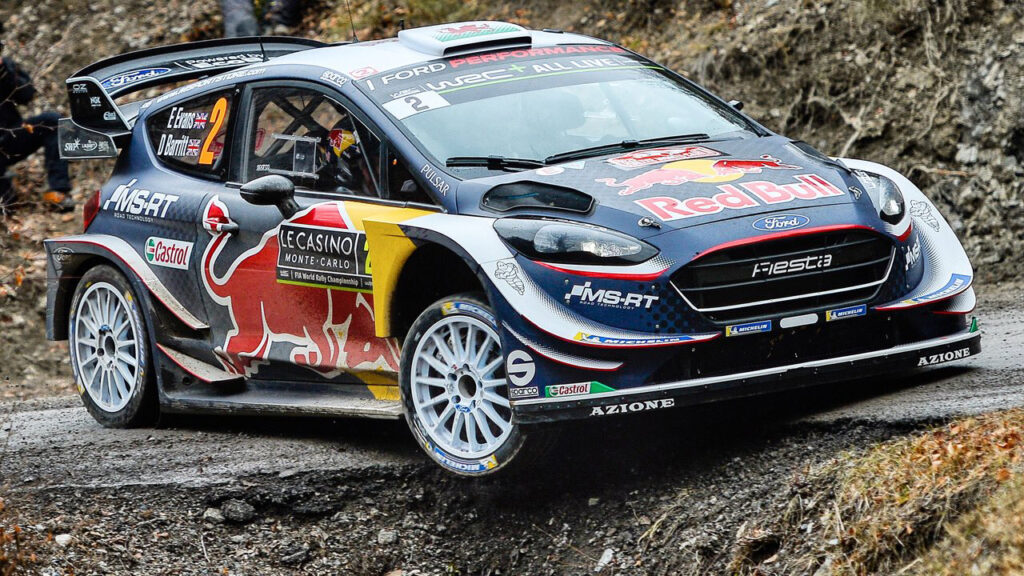
Rally cars have gained immense popularity across the globe since the 1950s. These cars play a vital role in the international racing scene. Rally cars are essentially regular production vehicles, often compact hatchbacks, that undergo extensive modifications to transform them into incredibly fast machines capable of traversing various surfaces like gravel, mud, tarmac, or snow.
One of the key features of rally cars is their all-wheel-drive system, which provides superior traction. They also feature sequential gearboxes, custom-made suspension, and state-of-the-art safety equipment to tackle the demanding conditions encountered in rally racing. Unlike other racing cars, rally cars are designed with two seats, accommodating both the driver and the co-driver.
Rally teams equip their cars accordingly depending on the surface being raced on. For tarmac races, slick tires and rigid suspension setups are used, while snowy conditions call for tires with spikes to maintain grip. When rallying on dirt, rally cars are equipped with raised suspensions and all-terrain rubber tires to handle the off-road terrain effectively.
6. Off-Road Race Cars:
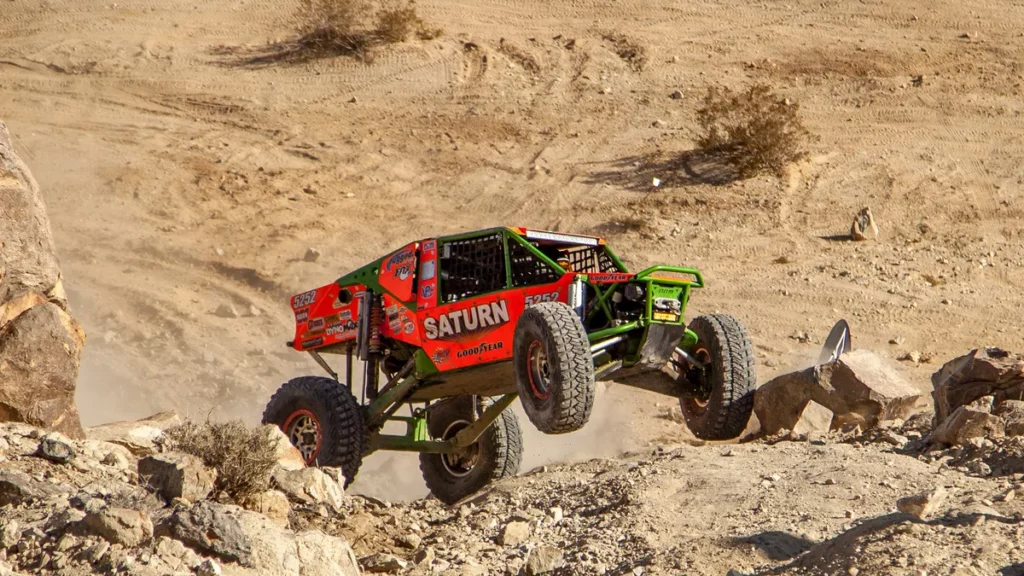
Even though we usually think of rallying when we think of off-road racing, there is a different category for off-road competition. The only thing that both of these race cars have in common is that they both have all-wheel drive.
Off-road race cars are specifically designed to navigate the most challenging terrains, including rugged rocks and uneven surfaces, at high speeds. These vehicles are equipped with unique suspension systems that enable them to achieve jumps as high as 10 feet while efficiently absorbing the impacts of rough terrain.
This specialized suspension allows them to maintain their direction, speed, and control over desert-like surfaces. This type of race vehicle is great for races like the Baja 1000 or the top-rated Stadium Truck series.
7. Drift Cars:

Drifting is a popular and relatively new form of motorsport and has gained significant traction within the car community. The goal is to perform the longest drifts at the fastest possible speed, almost sideways at a 90-degree angle.
However, drift cars require specialized modifications such as negative suspension camber, a modified handbrake, and closed differentials to accomplish this. Most drift cars are so extreme that they can only be used on tracks since they are not road legal.
Formula Drift is the most well-known and popular professional drift event. It was established in the United States in 2003. Similar to rally racing, it uses highly modified vehicles that far exceed the specifications of their production-based counterparts.
Related: Cheap Drift Cars Guide 2023 | What To Look For?
8. Prototype Race Cars:
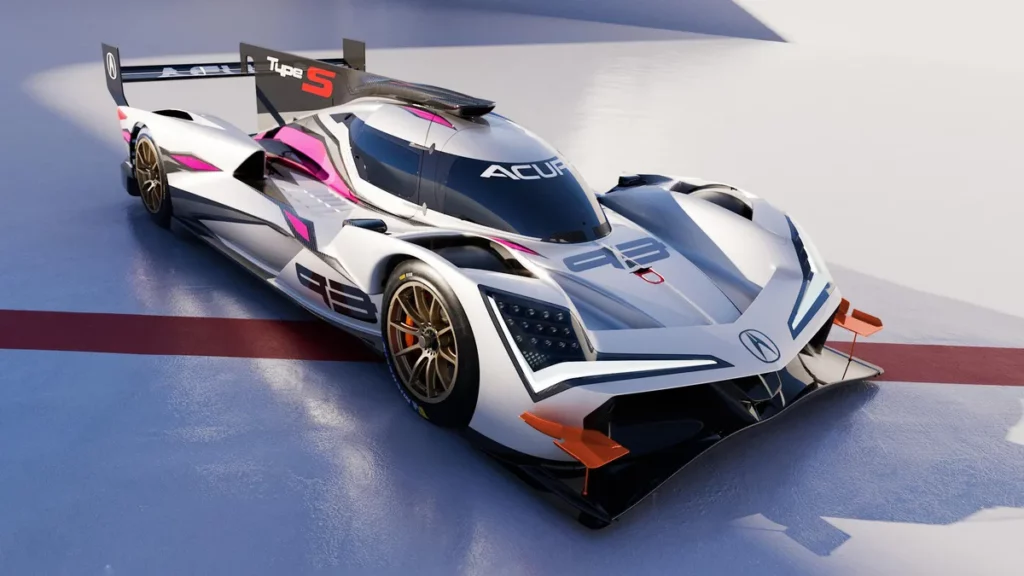
According to FIA regulations, the Le Mans Prototype (LMP) class refers to the prototype category in racing. These vehicles are purpose-built for racing and bear no resemblance to street cars. They are exclusively intended for racing and are never produced for consumer sales.
Within the prototype class, there are three subclasses: LMP1, LMP2, and LMP3. Each subclass adheres to specific rules dictating factors such as maximum power, permissible aerodynamic aids, and the acceptable usage of energy.
Related: Top 20 Concept Cars of All Time
The concept of this racing car category originated long ago and was developed to push the boundaries of automotive technology. Presently, the majority of LMP racers are hybrids, combining traditional combustion engines with electric power for enhanced performance.
9. Cup Racing Cars:
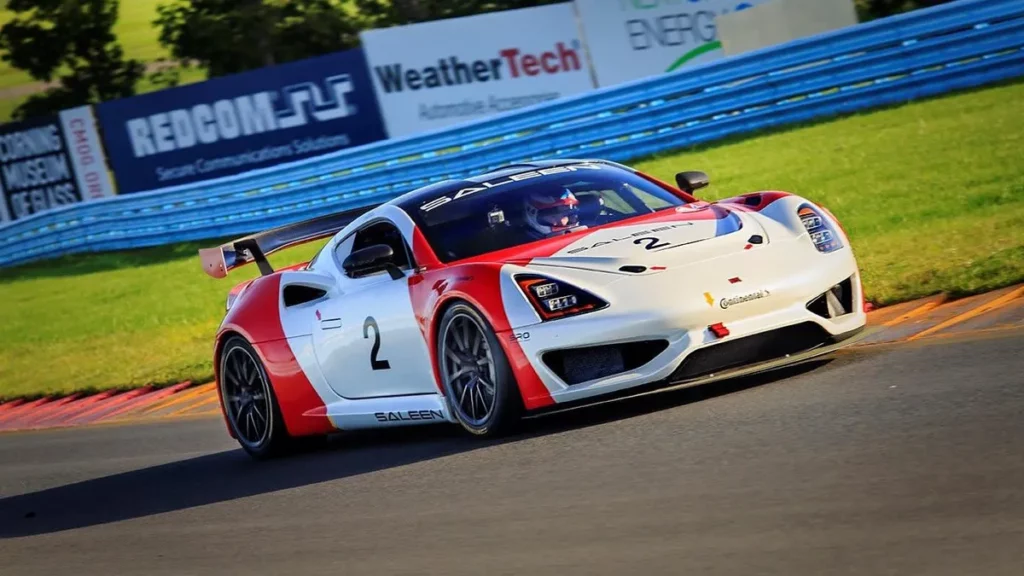
In order to address the issue of unfair advantages resulting from team funding in racing, car manufacturers often introduce cup-type championships. These championships involve using identical race cars provided by the manufacturer, all of which are the same make and model and specifically designed for racing.
The teams are only allowed to make limited adjustments, such as selecting tires and making minor suspension setups. As a result, the race grid is filled with identical cars that exhibit the same performance and handling characteristics.
This equalizes the playing field, ensuring that the determining factor in winning is the skill of the driver rather than the financial resources invested in advanced technologies. Cup cars are typically very similar to regular production models and maintain a high degree of stock configuration.
Related: 17 Best Street Race Cars | 2023 Updated List
10. NASCAR:
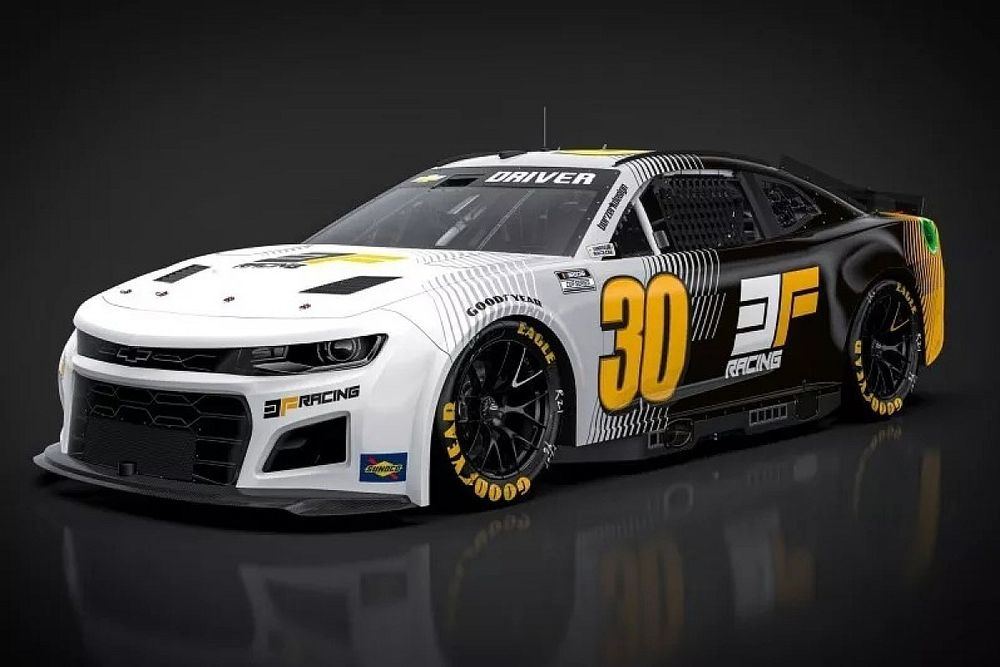
NASCAR, one of the largest and most prominent racing championships globally, was established in the late 1940s. Originally known as National Stock Car Racing, NASCAR initially featured racing cars that closely resembled the models available at dealerships.
However, today, the dominant manufacturers involved are Toyota, Ford, and Chevrolet, and their NASCAR cars bear little resemblance to stock vehicles. NASCAR now custom builds two main types of cars: Short-track and Super-speedway cars.
Short-track cars are designed to excel on shorter tracks with tighter turns, prioritizing maximum downforce for improved maneuverability. NASCAR cars boast distinctive features, including carburetor-fed V8 engines and specially designed suspension systems that cause the vehicles to lean to the left.
Super-speedway cars are built for high-speed racing on long straightaways. To ensure safety for both drivers and fans, their power is limited from around 750 hp to 450 hp using restrictor plates. This precaution follows previous incidents of excessive speed that posed risks during crashes.
11. Open Wheel Race Cars:
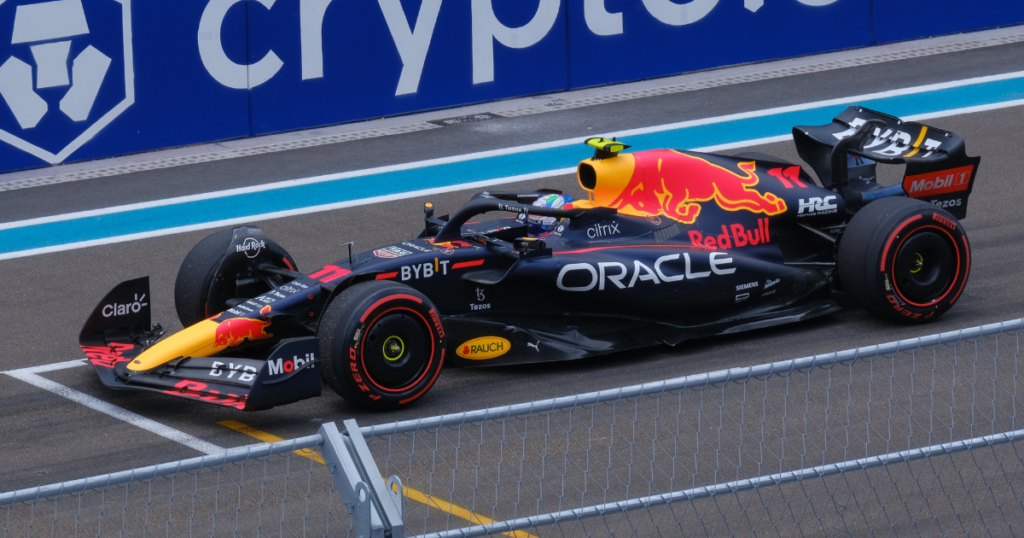
Open-wheel race cars are instantly recognizable by their wheels positioned outside the fenders. Formula 1 (F1) cars are the most iconic example of this type. Most open-wheel race cars utilize a monocoque structure, although some may feature a space frame chassis.
The cars typically have sleek, pointed front ends, a single seat that exposes the driver to the surrounding air, rear-mounted engines, and meticulously designed aerodynamic components that generate significant downforce.
The wheels of these cars often have positive caster angles for improved handling. Open-wheeled race cars are capable of reaching incredibly high speeds. There are many categories of open-wheel race cars, including F1, Indy Car Racing, Formula 2, and Formula E.
Formula 1 Cars:
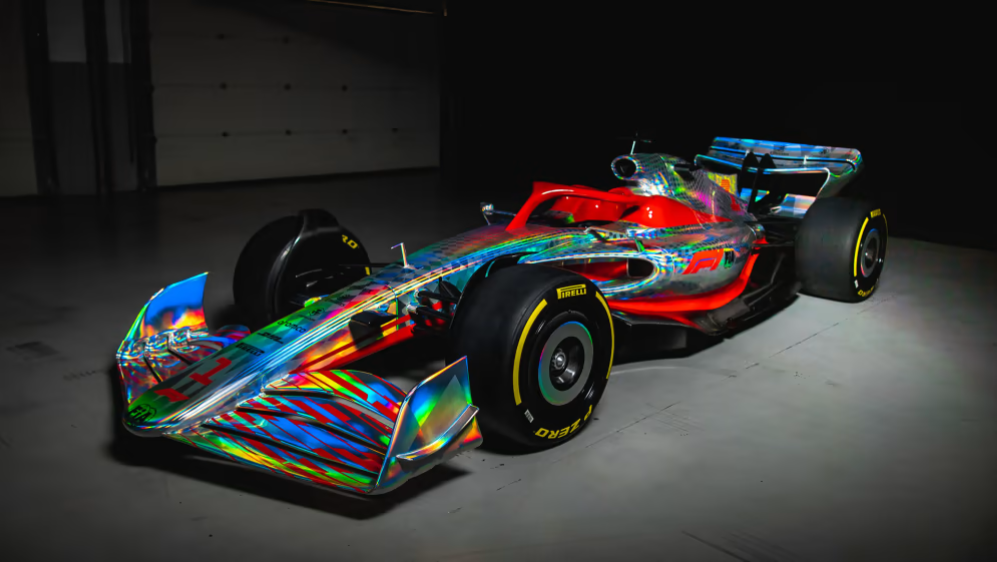
Formula 1 (F1) cars are widely regarded as the ultimate open-wheel race cars. With their impressive acceleration, many F1 cars can go from 0 to 60 mph in less than 3 seconds and achieve top speeds surpassing 200 mph.
They are renowned as the fastest road racing cars on the earth. Formula 1 holds the highest position among open-wheel racing categories and has garnered immense popularity. Even non-enthusiasts can easily identify an F1 car due to its distinctive design and widespread recognition.
Indy Cars:
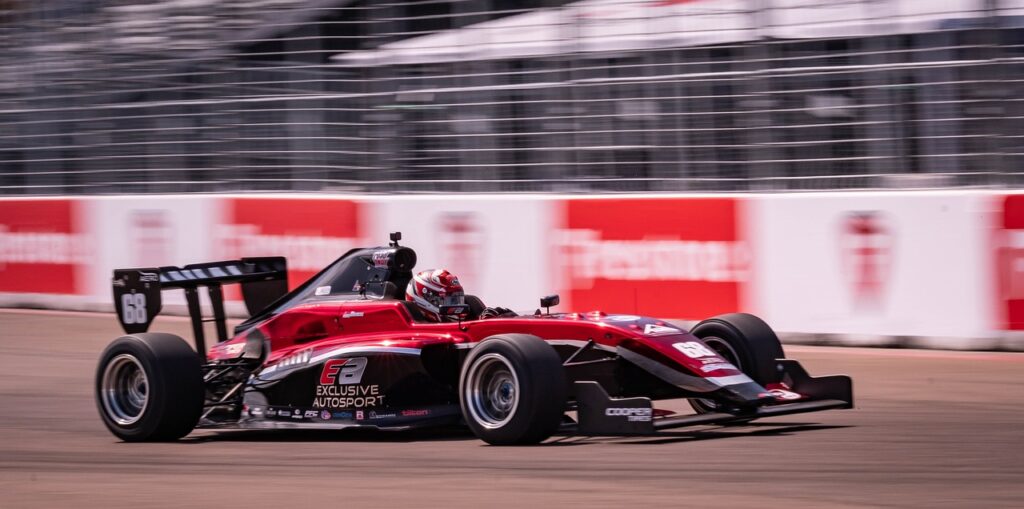
Indy cars may share a similar visual aesthetic with F1 cars, but there are significant differences between the two. While both can reach speeds over 200 mph, Indy cars typically have a slightly lower top speed compared to F1 cars due to less aggressive aerodynamics.
Racing promotes a more uniform competition. All teams utilize the same chassis, limiting the engineering variations between them. Additionally, the engine options for Indy cars are limited to two manufacturers, namely Honda and Chevrolet.
Formula 2:
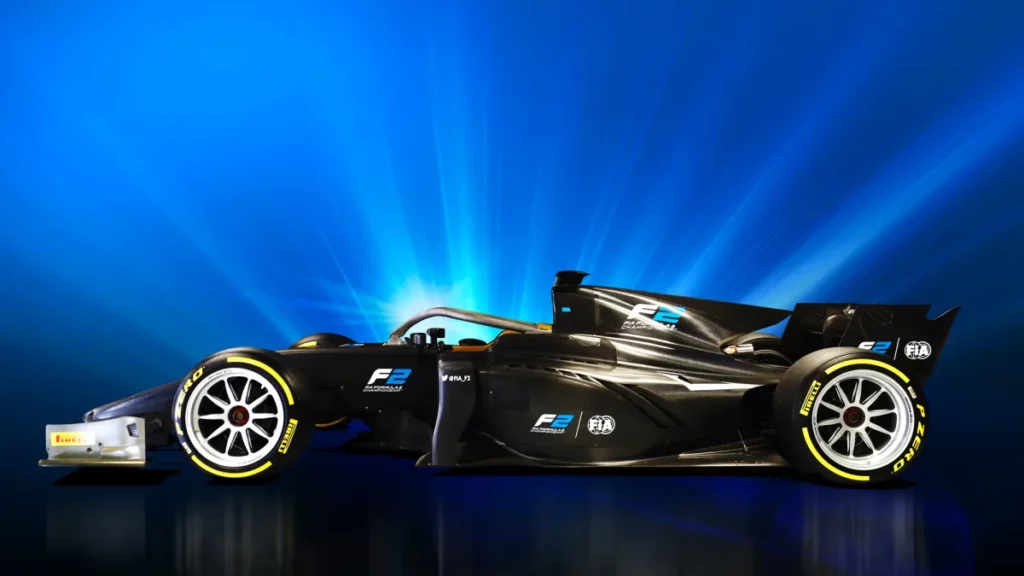
Formula 2 serves as a stepping stone towards Formula 1, representing a lower tier in the racing hierarchy. Alongside Formula 4, Formula Regional, and Formula 3, it provides aspiring drivers with opportunities to compete, develop their skills, and progress through the ranks. In Formula 2, all drivers use the same car designed by Williams F1, making it fair for everyone.
Formula E:
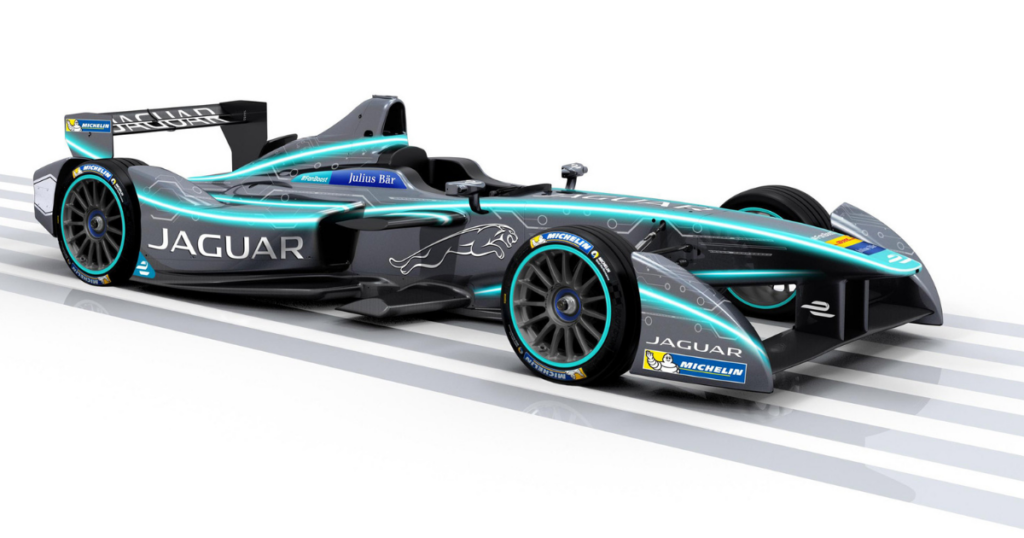
Formula E was launched as a racing championship featuring electric cars in 2011. The latest generation, known as the Gen 3, has created a huge buzz due to its potential impact on the future of the industry. As more manufacturers shift their attention towards electric vehicles, the Gen 3 retains the timeless appearance of a traditional open-wheel race car.
One of its standout features is its remarkable efficiency, with the ability to convert up to 90% of its mechanical energy into power. This is better than the internal combustion engine in F1, which can convert 40% of energy into power.
Conclusion
Cars have changed over time, and so has racing. But the impact of motorsport on our perception, buying habits, and interaction with automobiles remains constant. The glory days of Group B will certainly never return, but with modern automobiles and auto racing becoming mainstream, this is an exciting period for auto fans worldwide. Which racing car category do you most enjoy? Please let us know by commenting below!




